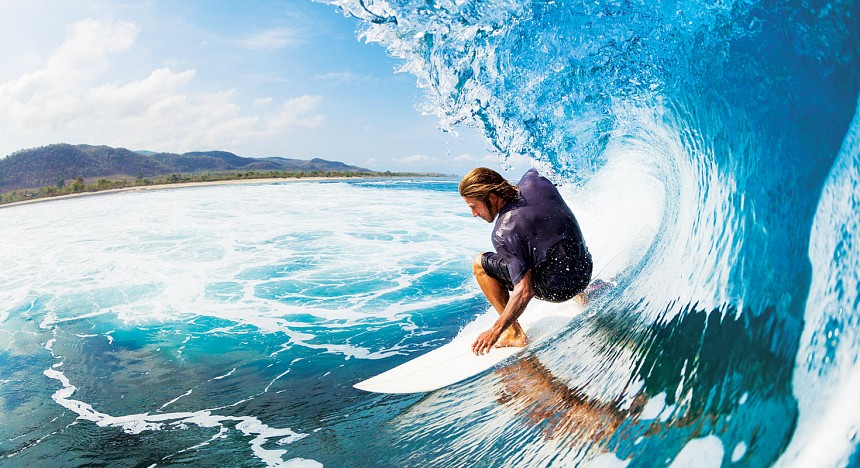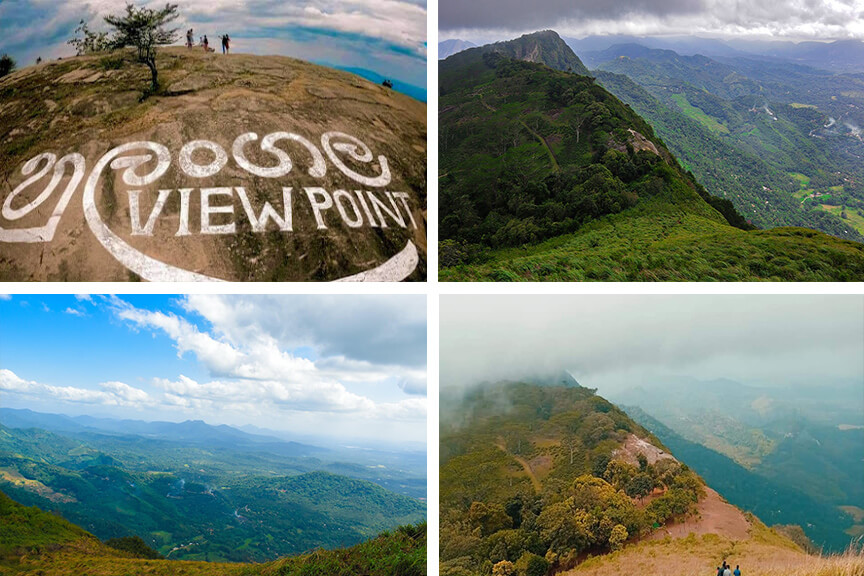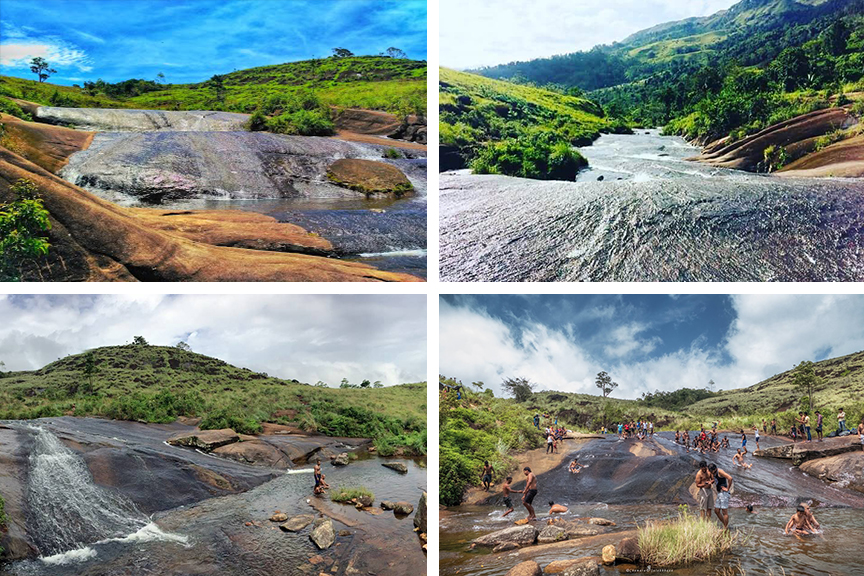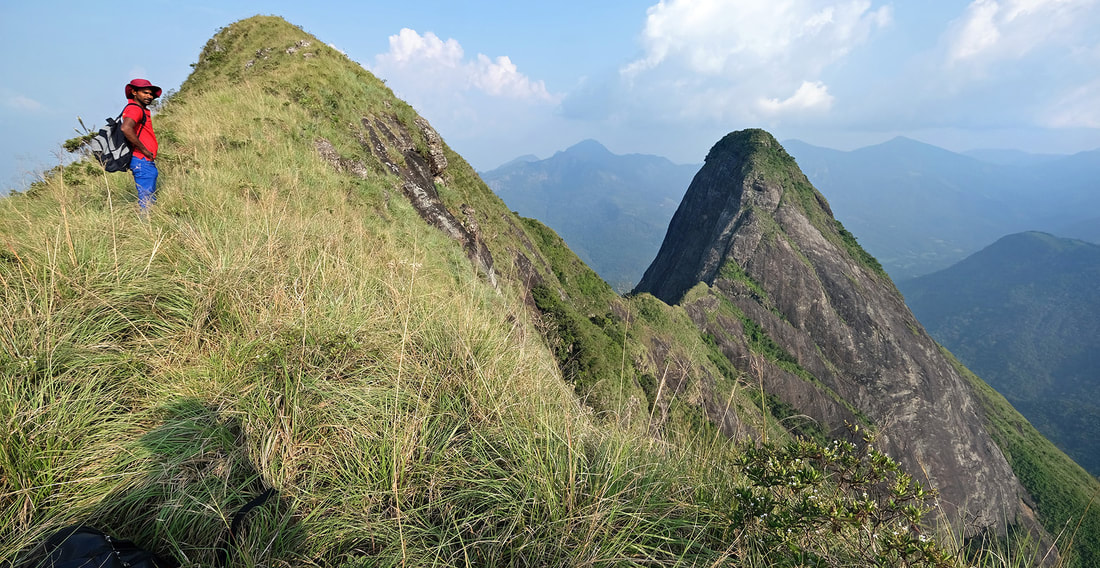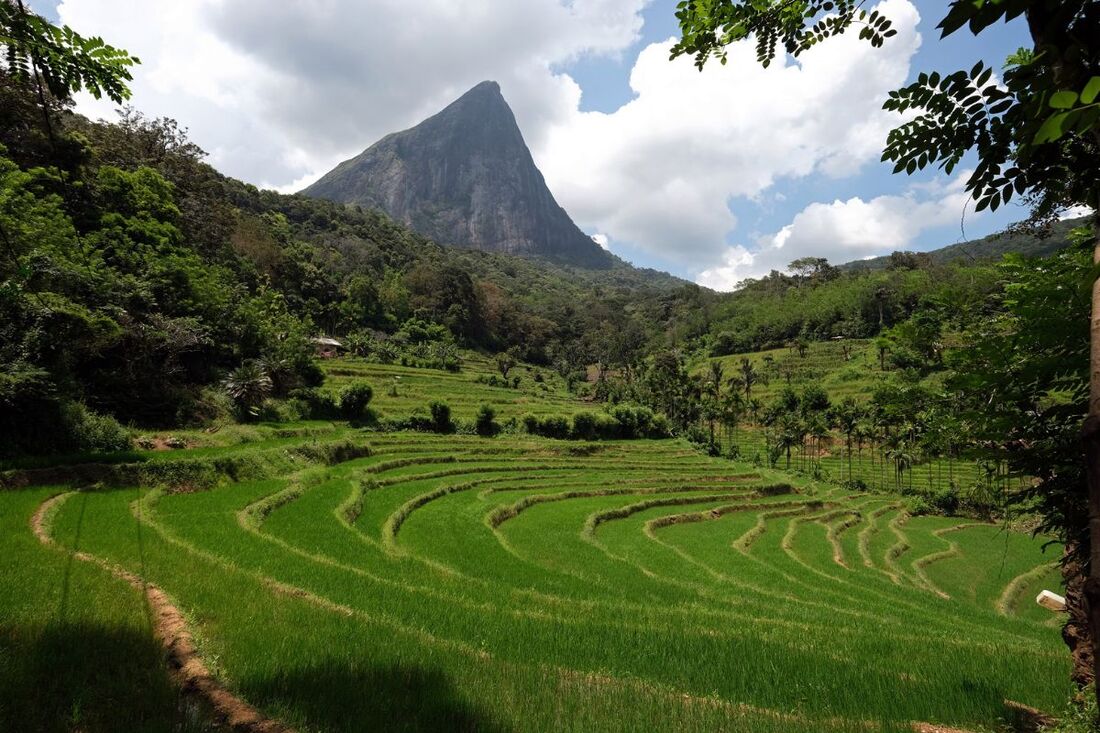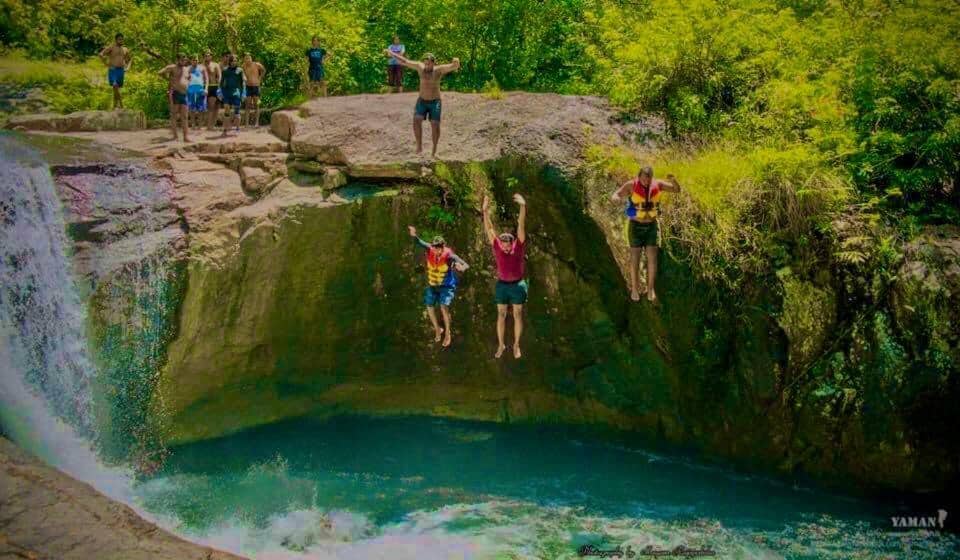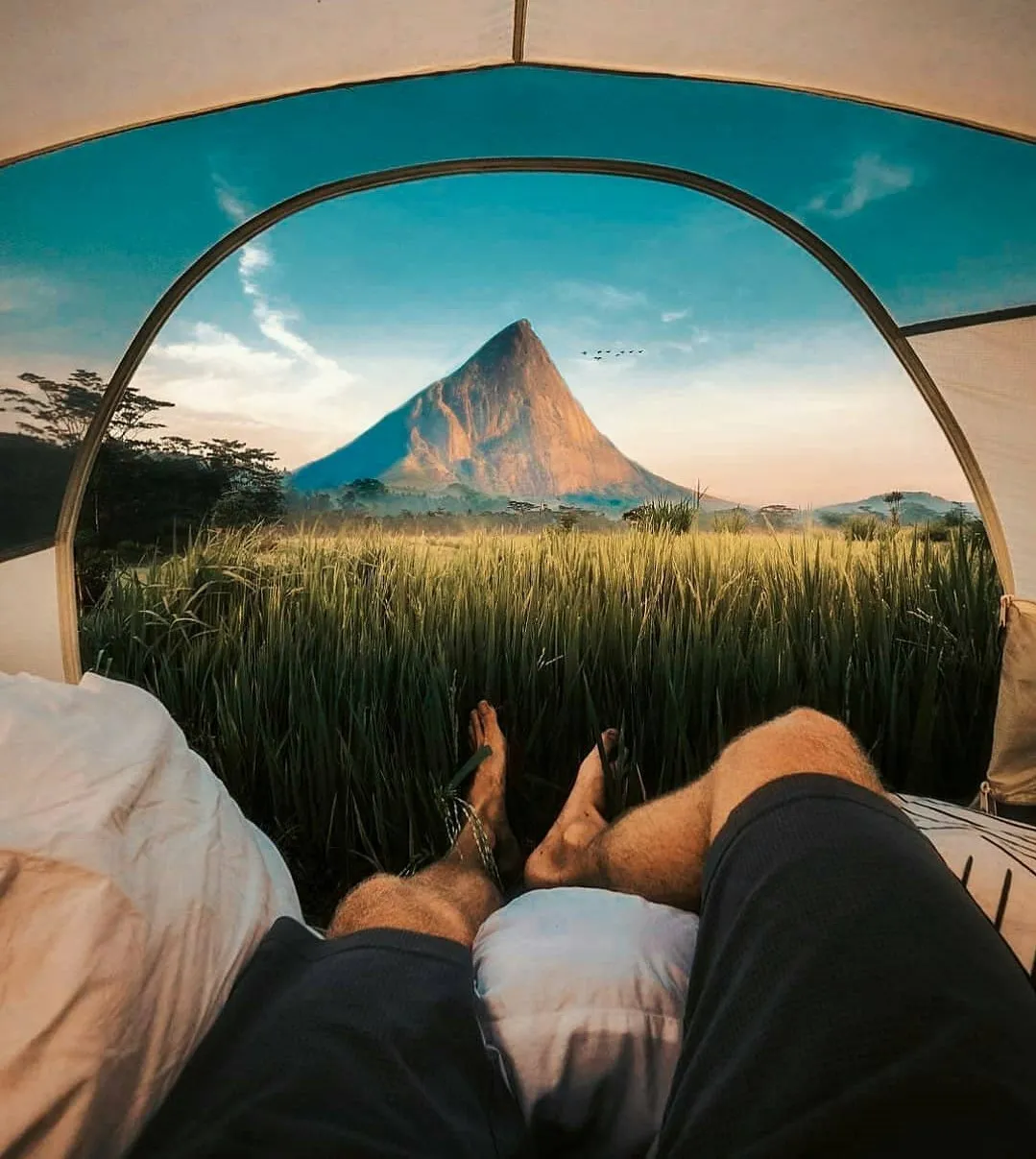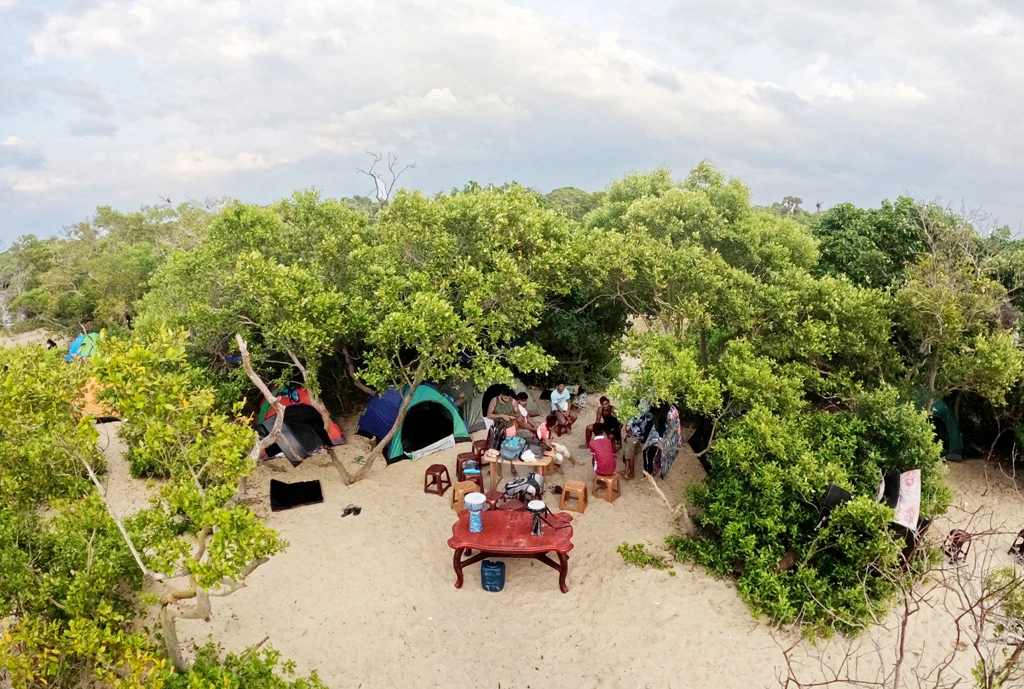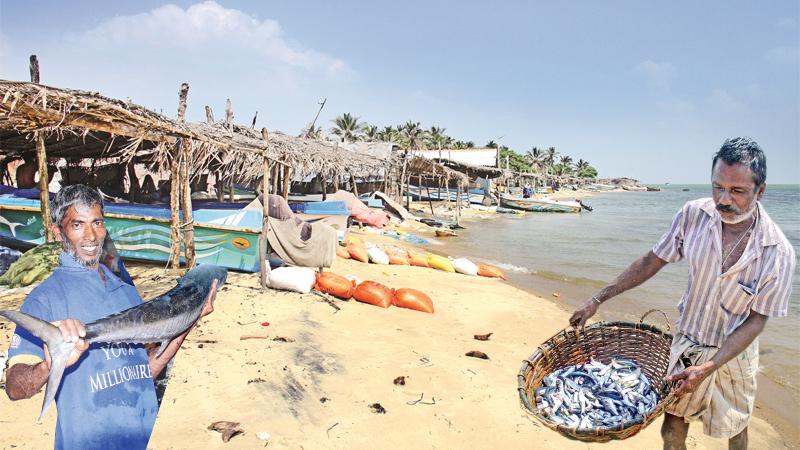Battalangunduwa is a pristine
coastal gem in Sri Lanka, holds immense potential as a new and vibrant tourist
destination. With its untouched beaches, diverse marine life, and rich cultural
heritage, Battalangunduwa offers a unique and authentic experience for travelers
seeking off-the beaten- path adventures.
Battalangunduwa is an island
which is located off the north-western coast of Sri Lanka and is accessible
from Kalpitiya. It is approximately a 50 km journey on boat from Kalpitiya
which normally takes about 3.5 hours. There are 14 islands on the north-western
coast of Sri Lanka. Baththalangunduwa is the farthest and second the best time
to visit Baththalangunduwa is from December to April when the sea is calm. The
sea gets rough from May to October and in November. Baththalangunduwa, beach
camping offers picturesque views of the sunset surrounded by the cool ocean
breeze. Apart from beach camping it is also a popular place for sightseeing,
capturing amazing photographs and enjoying nature largest of these
archipelagos. It is a beautiful island which is ideal for beach camping.
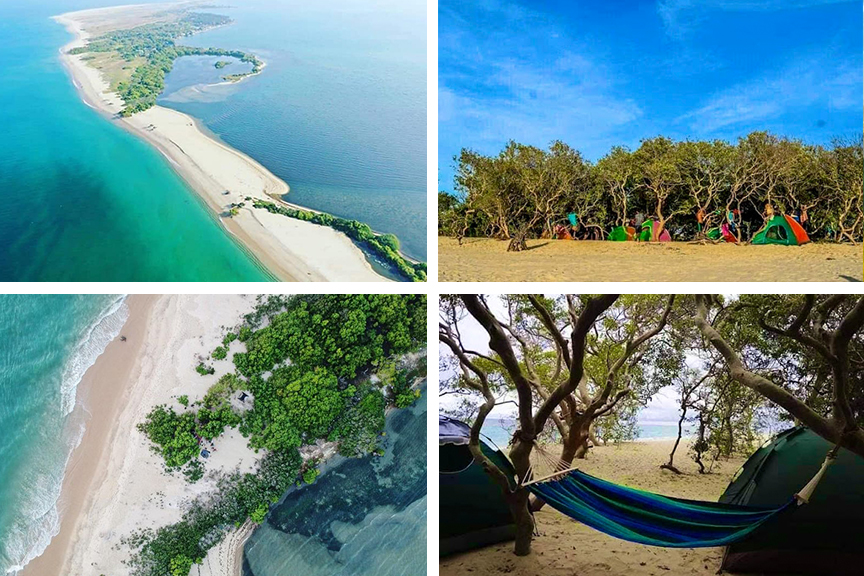
Battalangunduwa Beach is often considered a hidden gem in Sri
Lanka due to its unique features andthe array of experiences it offers, making
it particularly important for tourists seeking off-the-beatenpath destinations.
Here are some key points why Battalangunduwa is valued by travelers:
Kite Surfing and Water Sports:
Battangunduwa is renowned as a
kite-surfing hotspot. The strong and consistent winds, coupled with shallow
waters, make it an ideal location for water sports enthusiasts. The beach
attracts kite surfers from around the world, providing a vibrant and energetic
atmosphere.
Dolphin and Whale Watching:
The waters off Kalpitiya are
known for their rich marine life, including dolphins and whales. Tourists have
the opportunity to embark on boat trips for dolphin watching excursions and
even catch glimpses of majestic whales during specific seasons.
Serene and Uncrowded Atmosphere:
Unlike more popular tourist
destinations in Sri Lanka, Battalangunduwa Beach offers a serene and uncrowded
atmosphere. Travelers seeking tranquility and relaxation can enjoy the peaceful
surroundings and quiet beaches.
Mangrove Forests and Lagoons:
Kalpitiya is characterized by its
intricate network of mangrove forests and lagoons. Exploring these areas by
boat or kayak provides a chance to witness diverse bird species and experience
the unique ecosystem that thrives in this coastal region.
Cultural Diversity:
The Kalpitiya region is home to a
diverse mix of cultures, including communities of Sri Lankan Moors and
Catholics. This cultural diversity adds a distinctive flavor to the area,
offering tourists a chance to engage with different traditions and practices.
Wilpattu National Park Proximity:
Kalpitiya is relatively close to
Wilpattu National Park, the largest national park in Sri Lanka. This proximity
allows tourists to combine beach activities with wildlife safaris, providing a
well-rounded and diverse experience.
Island-Hopping Adventures:
The Battalangunduwa Peninsula is
surrounded by numerous small islands, each with its own charm. Tourists can
embark on island-hopping adventures, discovering pristine beaches, local
fishing communities, and unique landscapes.
Eco-Friendly Accommodations:
The increasing popularity of
Kalpitiya as an eco-tourism destination has led to the development of
eco-friendly accommodations. Travelers can find sustainable and responsible
lodging options that align with their commitment to minimizing environmental
impact.
Traditional Fishing Culture:
Battalangunduwa has a strong connection
to traditional fishing practices, and tourists can witness the daily lives of
local fishermen. This offers a glimpse into the authentic, non-commercialized
side of Sri Lanka's coastal communities.
Sunset Views:
The beaches of Battalangduwaun provide
breathtaking sunset views. The tranquil setting, combined with the sun setting
over the ocean, creates a picturesque and memorable experience for visitors.
Developing Battalangunduwa into a
major tourist attraction with a focus on sustainability involves a strategic
and holistic approach. By integrating these sustainability-focused strategies, Battalangunduwa
can evolve into a major tourist attraction that not only captivates visitors
but also prioritizes the long-term well-being of the environment and local
communities. Ongoing collaboration, adaptability, and a commitment to
sustainable practices are key to the success of this development approach.
Stakeholder Collaboration
Foster collaboration between
government authorities, local communities, businesses, and environmental
organizations. Engage in open dialogues to ensure that the interests and
concerns of all stakeholders are considered in the development plans.
Sustainable Infrastructure Development
Implement sustainable
infrastructure practices, such as eco-friendly resorts, solar-powered
facilities, and waste management systems. Design and construct buildings with
minimal environmental impact and integrate green spaces into urban planning.
Ecotourism Initiatives
Emphasize ecotourism initiatives
that showcase the natural beauty and biodiversity of Battalangunduwa. Develop
guided tours, nature trails, and bird-watching excursions that promote
environmental conservation and education.
Community Involvement
Involve local communities in the
decision-making process and ensure that they benefit from tourism. Encourage
community-based tourism initiatives where locals actively participate in
providing authentic experiences, cultural activities, and homestays.
Cultural Preservation
Implement measures to preserve
and celebrate the local culture and heritage. Support traditional arts, crafts,
and performances, and encourage tourists to engage in cultural experiences that
respect and benefit the local communities.
Environmental Conservation Programs
Initiate and support
environmental conservation programs to protect the unique ecosystems of
Battalangunduwa. This could include mangrove restoration, coral reef
protection, and initiatives to reduce plastic pollution.
Waste Management
Implement comprehensive waste
management practices, including recycling facilities and programs to reduce
single-use plastics. Raise awareness among tourists and locals about the
importance of responsible waste disposal.
Education and Awareness Programs
Develop educational programs for
both tourists and the local community. These programs can highlight the
importance of sustainable practices, conservation efforts, and the cultural
significance of Battalangunduwa.
Certifications and Standards
Encourage businesses to obtain
and display sustainability certifications, such as those provided by Green
Globe or Travel life. This not only demonstrates a commitment to sustainable
practices but also attracts environmentally conscious tourists.
Research and Monitoring
Establish monitoring systems to
track the environmental and social impact of tourism. Regular research can
inform adaptive strategies and ensure that development aligns with
sustainability goals.
Incentives for Sustainable Practices
Provide incentives for businesses
that adopt and maintain sustainable practices. This can include tax benefits,
marketing support, and recognition to motivate businesses to prioritize
sustainability.
Capacity Building
Invest in training programs to
build the capacity of local businesses, guides, and community members to
operate sustainably. This includes providing skills for waste management,
sustainable agriculture, and responsible tourism practices.
Tour Operator Guidelines
Develop and enforce guidelines
for tour operators to ensure they adhere to sustainable and responsible
practices. This can include minimizing the ecological impact of tours and
promoting ethical wildlife viewing.
Promotion of Low-Impact Tourism
Develop marketing campaigns that
promote Battalangunduwa as a destination for low-impact tourism. Highlight the
unique and sustainable experiences that the region offers, attracting travelers
interested in responsible tourism.
By implementing these strategies
and fostering a culture of sustainability, Kalpitiya can develop into a major
tourist attraction that not only attracts visitors but also contributes to the
long-term well-being of the environment and local communities. It's essential
to involve all stakeholders, including government bodies, local communities,
businesses, and tourists, in the sustainable development of the area.

